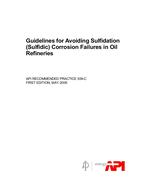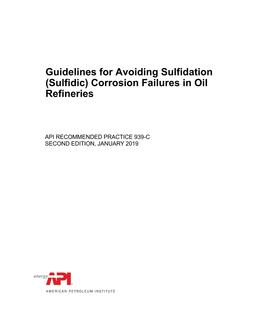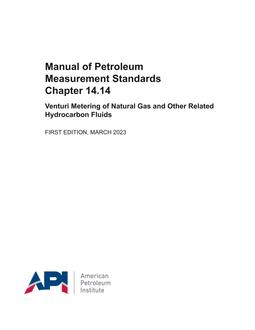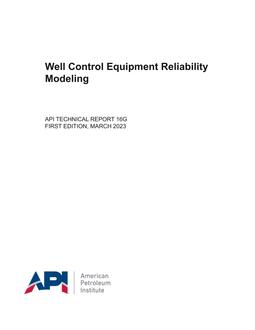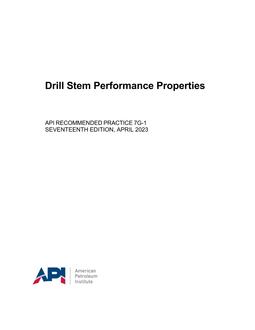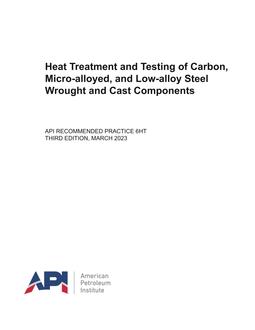Click here to purchase
This recommended practice is applicable to hydrocarbon process streams containing sulfur compounds, with and without the presence of hydrogen, which operate at temperatures above approximately 450 °F (230 °C) up to about 1000 °F (540 °C). A threshold limit for sulfur content is not provided because within the past decade significant corrosion has occurred in the reboiler/fractionator sections of some hydroprocessing units at sulfur or H2S levels as low as 1 ppm. Nickel base alloy corrosion is excluded from the scope of this document.
While sulfidation can be a problem in some sulfur recovery units, sulfur plant combustion sections and external corrosion of heater tubes due to firing sulfur containing fuels in heaters are specifically excluded from the scope of this document.
Product Details
- Edition:
- 1st
- Published:
- 05/01/2009
- Number of Pages:
- 35
- File Size:
- 1 file , 2.3 MB
- Product Code(s):
- C939C01, C939C01, C939C01
- Note:
- This product is unavailable in Cuba, Iran, North Korea, Syria
